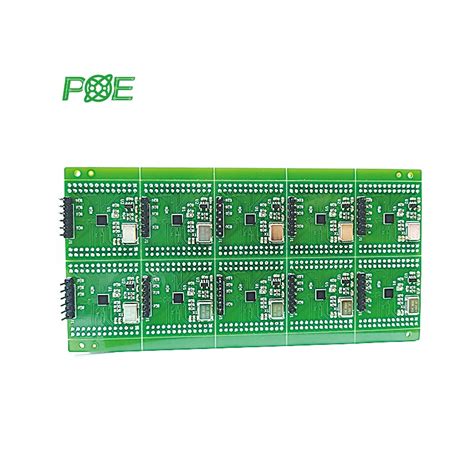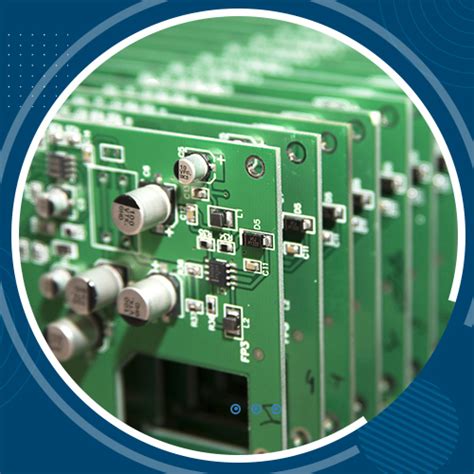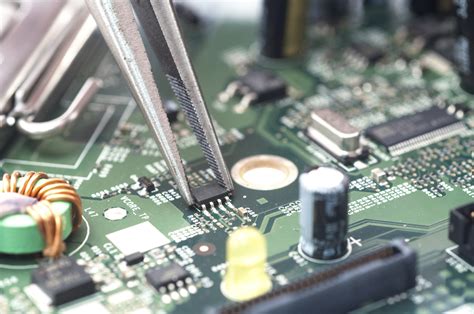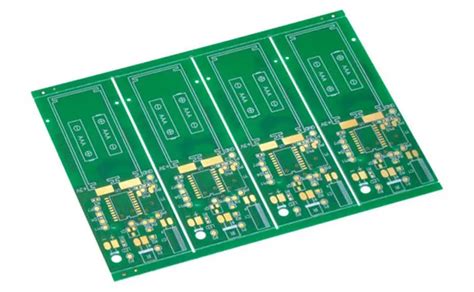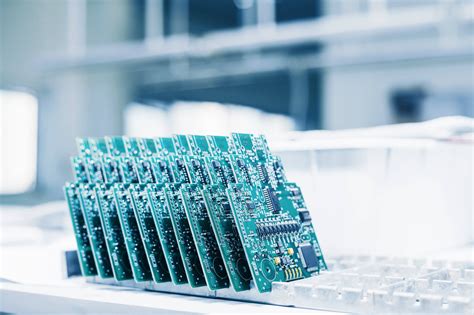Optimizing PCB Production with Tempo Automation Strategies
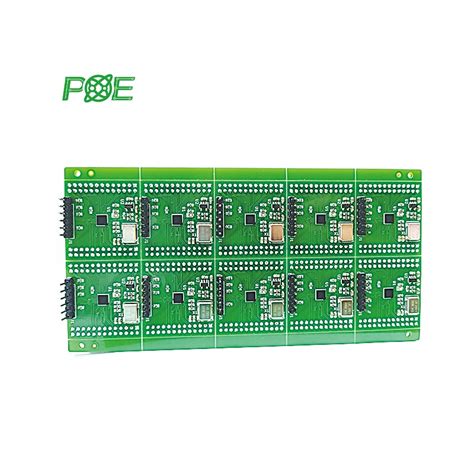
Key Takeaways
Optimizing PCB production is crucial for PCB manufacturing companies looking to remain competitive in a fast-paced market. By incorporating Tempo Automation strategies, you can enhance your operations, reduce PCB manufacturing costs, and improve overall efficiency. One significant aspect is the management of consigned inventory. Ensuring that you have a clear understanding and proper processes in place for handling this type of inventory can lead to smoother operations. For instance, adopting best practices in managing consigned inventory not only minimizes waste but also maximizes the utilization of resources, which ultimately contributes to your PCB manufacturing business success.
To outline these concepts further, consider the following table that highlights the benefits of optimizing your production processes:
| Strategy | Benefits |
|---|---|
| Effective Inventory Management | Reduced waste, lower costs |
| Automation Tools | Increased speed and consistency |
| Standardized Processes | Improved quality control |
| Enhanced Communication | Faster decision-making across teams |
Implementing these strategies allows you to enhance your efficiency in PCB projects significantly. By leveraging the insights gained through Tempo Automation’s methodologies, you can position yourself as a leader in the evolving landscape of PCB manufacturing.
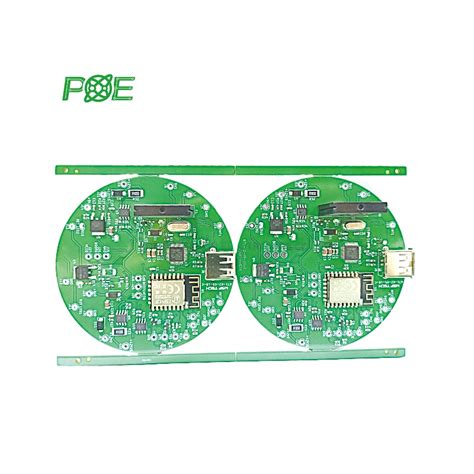
Introduction to Tempo Automation and PCB Production
In the fast-evolving world of PCB manufacturing, you must prioritize efficiency and reliability to remain competitive. Tempo Automation offers innovative strategies that can significantly enhance your production processes. By integrating advanced technologies and streamlined operations, you can effectively reduce the PCB manufacturing cost, which is crucial for sustaining profitability in today’s market.
The collaboration with PCB manufacturing companies allows you to optimize not just your production lines but also your resource management. For instance, managing consigned inventory is vital; it helps maintain a balance between supply and demand while ensuring materials are readily available when needed. You should aim to implement best practices for handling this type of inventory, which can lead to smoother operations in your PCB manufacturing business.
Moreover, adopting methodologies that focus on continuous improvement can foster innovation within your production environment. As you delve deeper into strategies that involve effective inventory management and production optimization, you will likely find that these practices contribute significantly to higher quality outcomes and decreased lead times.
“Efficiency is doing things right; effectiveness is doing the right things.” – Peter Drucker
By embracing these principles within the realm of PCB production, you position yourself not only to meet customer expectations but also to excel in a market that demands agility and precision. Your approach should be comprehensive: everything from initial design considerations to final assembly needs careful attention and optimization.

Understanding Consigned Inventory in PCB Manufacturing
In the world of pcb manufacturing, understanding consigned inventory is crucial for optimizing your operations and reducing pcb manufacturing costs. Consigned inventory refers to materials and components that you receive from suppliers, yet they remain the supplier’s property until you use them in your production processes. This approach provides several benefits, particularly for pcb manufacturing companies aiming to enhance efficiency while managing cash flow. By utilizing a consignment model, you can minimize the upfront costs associated with purchasing entire stock lots and reduce waste from excess materials. Moreover, it allows for greater flexibility in sourcing components, helping you align your inventory levels closely with project demands. As a result, the consigned inventory strategy can significantly boost your operational efficiency and reliability within your pcb manufacturing business. Implementing this strategy effectively not only streamlines workflows but also optimizes your entire production cycle, leading to measurable improvements in project turnaround times.
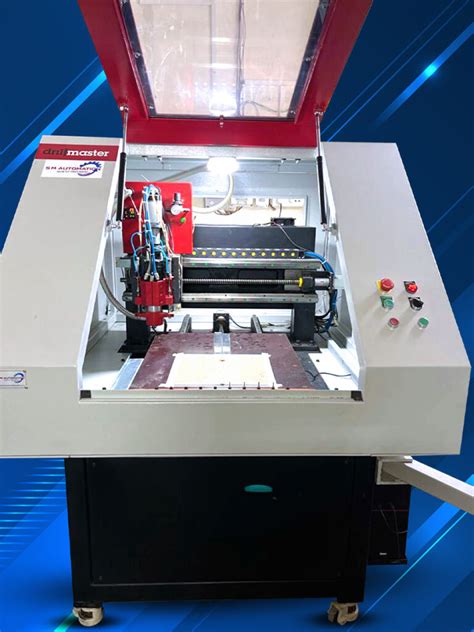
Best Practices for Managing Consigned Inventory
Managing consigned inventory effectively is crucial for optimizing PCB manufacturing processes. With the rise of competitive PCB manufacturing companies, adopting sound inventory management strategies can help you mitigate PCB manufacturing costs while enhancing production efficiency. Firstly, establish clear communication lines with your suppliers to ensure that you have real-time updates regarding inventory levels and lead times. This will enable you to maintain an adequate stock of components necessary for your PCB manufacturing business, reducing downtime due to shortages. Additionally, implementing a just-in-time (JIT) approach can significantly improve your operational efficiency by aligning inventory levels with production schedules. You should also consider leveraging advanced software tools that assist in tracking and managing your consigned inventory; these tools can provide valuable insights into usage patterns and help reduce waste, ultimately leading to cost savings. Lastly, conducting regular audits and reviews of your inventory practices will help you identify areas for improvement and ensure that you’re operating at peak efficiency in the fast-paced world of PCB manufacturing. By following these best practices, you can not only enhance your processes but also build a more reliable supply chain capable of meeting the demands of today’s market.
Strategies for Streamlining PCB Production Processes
To achieve optimal efficiency in PCB manufacturing, it is essential to implement targeted strategies that enhance your production processes. One effective approach is to leverage automation tools and techniques that reduce manual interventions and errors. By integrating technologies that facilitate real-time monitoring and adjustments, you can significantly decrease PCB manufacturing costs while improving turnaround times. Additionally, prioritizing communication within your team will ensure everyone is aligned on project goals, which is crucial when dealing with changing demands from clients. Furthermore, adopting a just-in-time inventory strategy can help you manage stocks more effectively and avoid the complications of excess inventory, a common issue faced by many PCB manufacturing companies. This approach allows you to focus resources on fulfilling actual orders rather than tying up capital in unneeded materials. Ultimately, by streamlining your processes, you will enhance the reliability of your PCB manufacturing business, positioning yourself competitively in the market while maximizing customer satisfaction through timely deliveries and high-quality products.
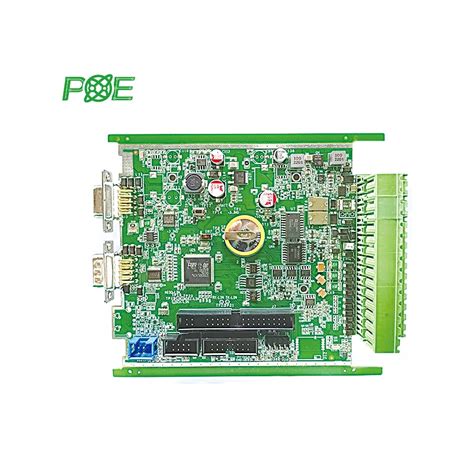
Enhancing Efficiency in PCB Projects with Tempo Automation
In the realm of PCB manufacturing, enhancing efficiency is crucial for maintaining a competitive edge. Tempo Automation offers tailored solutions that address the unique challenges faced by PCB manufacturing companies. By leveraging automation, you can streamline your processes, significantly reducing the PCB manufacturing cost while improving quality. Implementing these strategies empowers you to better manage your workflows, effectively minimizing waste and increasing productivity. Additionally, utilizing advanced tools and software can help track project progress, ensuring that timelines are met consistently. As you explore ways to optimize your PCB manufacturing business, consider integrating smart inventory management systems that can handle consigned inventory efficiently. Such systems will enhance visibility and control over materials, supporting you in achieving greater reliability in your projects. As a result, your operations will not only be more agile but also capable of adapting swiftly to sudden market needs and changes. The benefits gifted by Tempo Automation’s innovative approaches position you to compete more effectively in the ever-evolving field of PCB production.
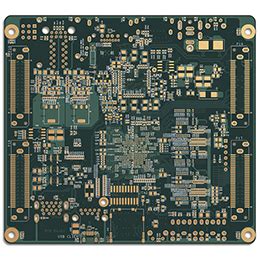
Case Studies: Successful PCB Production with Tempo Automation
In exploring the effectiveness of Tempo Automation through various case studies, you’ll uncover how different PCB manufacturing companies have successfully leveraged innovative strategies to enhance their operations. A pivotal element in these successes lies in the management of consigned inventory, which plays a crucial role in driving down costs associated with PCB manufacturing. By adopting best practices for inventory management, your projects can achieve significant reductions in PCB manufacturing cost, thus improving overall efficiency and productivity. These case studies illustrate how organizations have utilized automation solutions to streamline their PCB manufacturing business, leading to quicker turnaround times and higher reliability in their output. You’ll find that by focusing on automation and efficient inventory control, businesses can not only meet client demands but also set themselves apart in a competitive landscape.
Future Trends in PCB Manufacturing and Automation
As the landscape of PCB manufacturing evolves, embracing automation is becoming crucial for staying competitive in the industry. You can leverage advanced technologies to optimize your production processes and effectively reduce PCB manufacturing costs. Companies that prioritize automation are likely to enhance their reliability and efficiency, aligning with the demands of an increasingly global market. It is essential to consider how PCB manufacturing companies are adopting innovative solutions to streamline operations, allowing for more responsive shifts in production lines and quick adaptation to changing customer needs. Keeping an eye on trends such as artificial intelligence and machine learning can inform your decision-making in PCB manufacturing business, ensuring that you remain ahead of competitors who may not yet be taking advantage of these tools. Additionally, integrating data analytics into your operations can provide insights that drive smarter inventory management, ultimately fostering better decision-making throughout the supply chain. These collective advancements not only promise greater efficiency but also a transformative impact on the future of PCB manufacturing as a whole.
Conclusion: The Impact of Effective Strategies on PCB Production
In the fast-evolving landscape of PCB manufacturing, it’s essential to recognize how your strategies can significantly influence output and reliability. By implementing effective practices, your PCB manufacturing business can not only reduce costs but also enhance quality and speed. One of the key elements lies in understanding the dynamics of consigned inventory within PCB manufacturing companies, which enables efficient inventory management and minimizes waste. By streamlining production processes, you can effectively lower the PCB manufacturing cost while ensuring that projects adhere to timelines and specifications. Adopting automation through solutions like Tempo Automation paves the way for increased operational efficiency, allowing for quicker turnaround times and improved workflow. The integration of these strategies is not just about immediate benefits; it’s about establishing a sustainable approach that positions your business for success in a competitive market. As you focus on refining these processes, you’ll likely notice marked improvements in productivity, customer satisfaction, and overall project outcomes within your PCB endeavors.
Conclusion: The Impact of Effective Strategies on PCB Production
In today’s competitive landscape, optimizing PCB production is crucial for staying ahead. By incorporating effective strategies from Tempo Automation, you can significantly improve your processes. One key aspect is understanding the dynamics of consigned inventory within your PCB manufacturing business. Managing this inventory wisely can lower your overall PCB manufacturing cost, ensuring you have the right materials in place without unnecessary expenditures. Also, focusing on best practices for managing this inventory will not only streamline your operations but also enhance collaboration with suppliers, ultimately resulting in more reliable production schedules. You should also explore methods for identifying and eliminating bottlenecks that can disrupt the flow of production, as this is fundamental for maximizing efficiency in your projects. As you delve into the world of PCB manufacturing companies, leveraging technology and automation allows you to adapt to changing demands while ensuring that the quality of your products remains uncompromised. Each small improvement contributes to a more agile, responsive production setup that attracts more clients and fosters trust in your capabilities. Adapting these strategies ensures that you’re not just keeping pace but leading in innovation and efficacy within the industry.
FAQs
What is PCB manufacturing?
PCB manufacturing involves the creation and assembly of printed circuit boards, which are integral to most electronic devices. This process includes designing, producing, and assembling the various components onto the PCBs.
How can I reduce PCB manufacturing costs?
Reducing pcb manufacturing costs can often be achieved by optimizing your supply chain, leveraging automation tools, and implementing best practices for managing consigned inventory. Partnering with experienced pcb manufacturing companies can also lead to cost efficiencies.
What should I look for in a PCB manufacturing company?
When selecting a pcb manufacturing company, consider their reputation, experience in the industry, capabilities in automation technology, and their ability to meet your specific quality standards.
How does consigned inventory benefit PCB production?
Consigned inventory allows you to maintain a steady supply of necessary materials without incurring upfront costs. This practice can streamline your pcb manufacturing business, making it more efficient by reducing lead times and minimizing stock shortages.
What are the key trends in PCB manufacturing?
Key trends in pcb manufacturing include increased automation to enhance efficiency, advancements in material technology, and a shift towards more sustainable practices. Keeping abreast of these trends can help you stay competitive within the industry.

